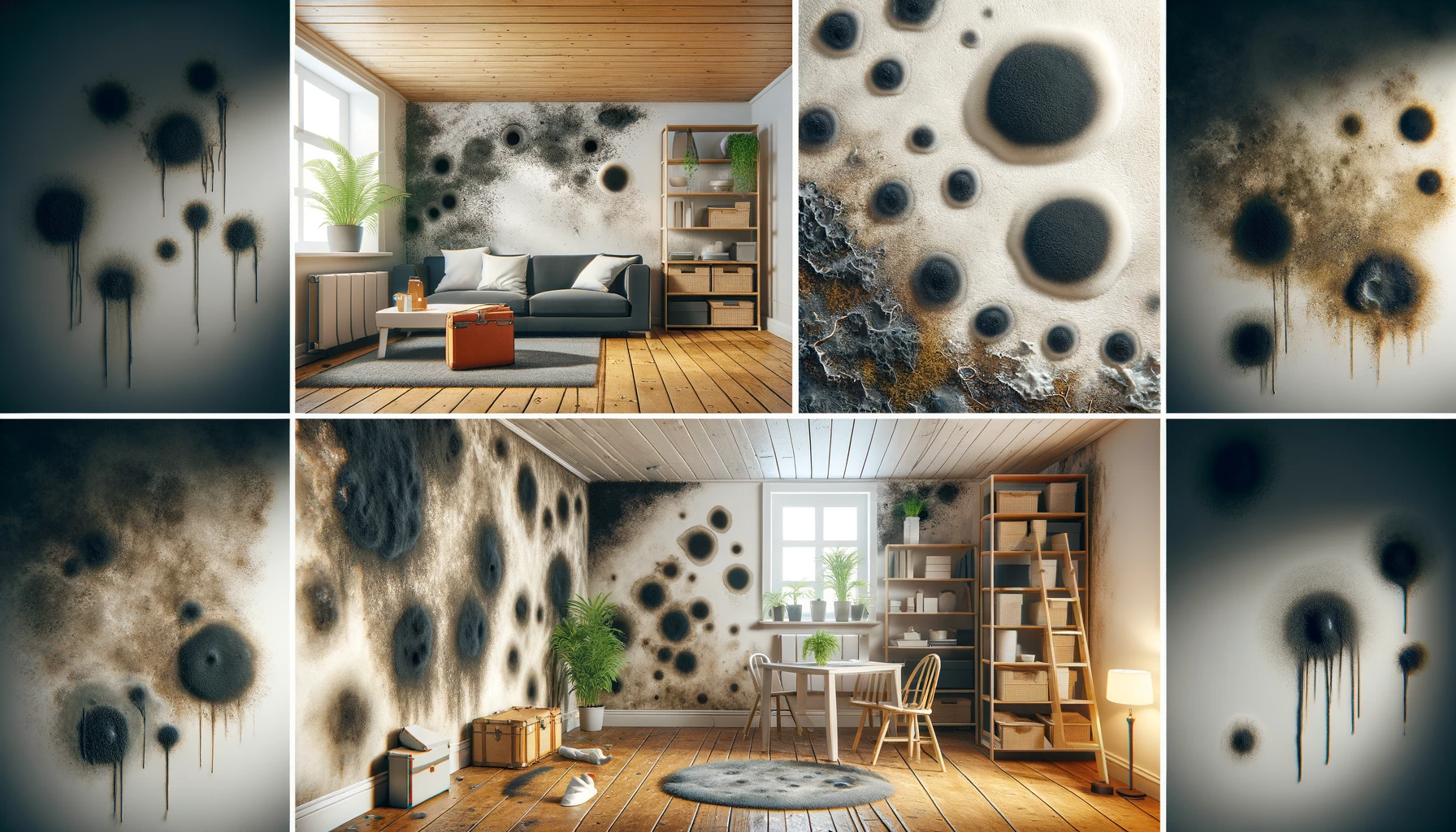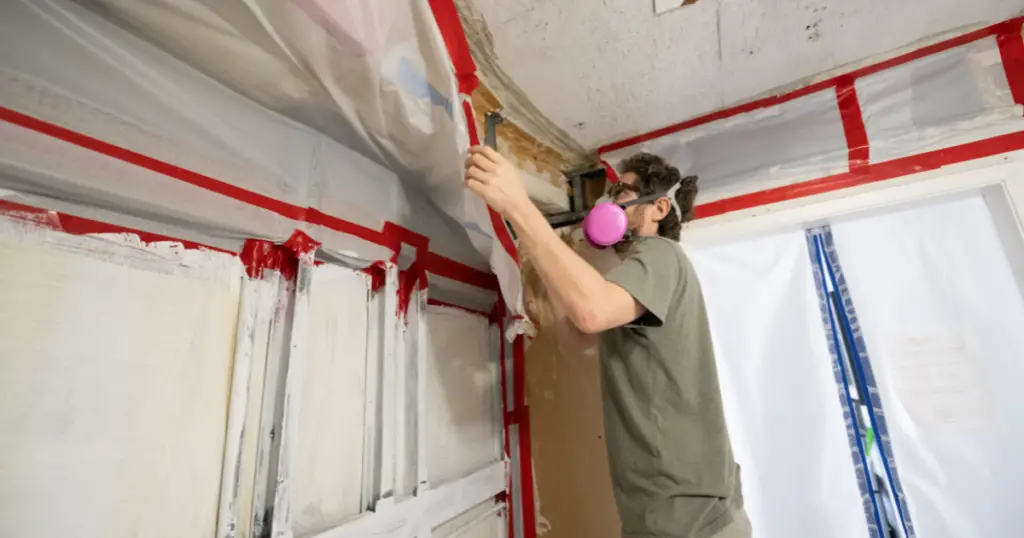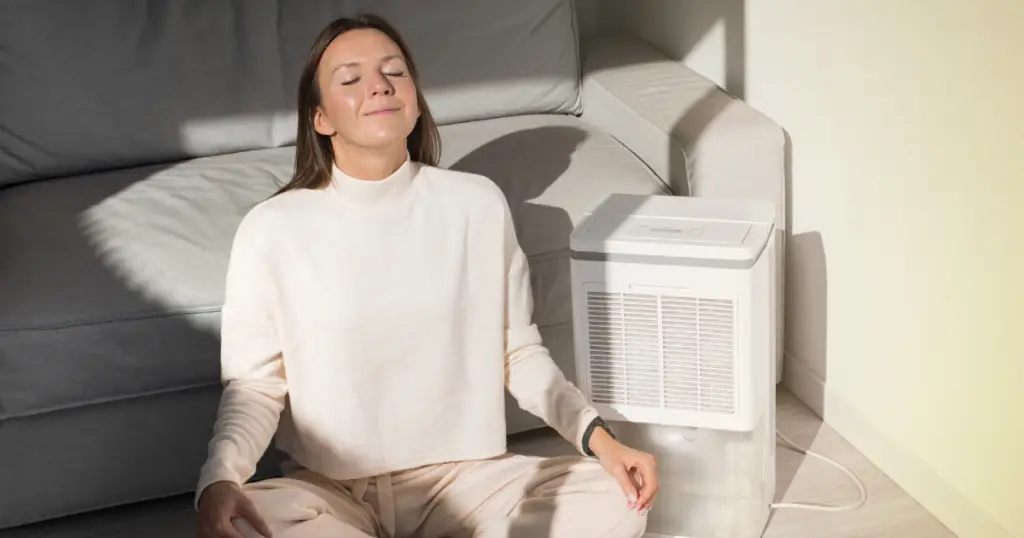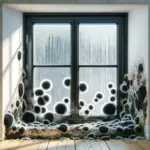What is Black Mold?
Black mold is a type of fungus that is typically dark green or black. Mold plays an essential role in our planet’s ecology, aiding in the breakdown of organic remains and discarded materials such as fallen leaves, trees, and litter. Although it is a common misconception, there isn’t one specific specie of mold referred to as “toxic black mold”. Several kinds come in black coloration. Stachybotrys chartarum, commonly referred to as Stachybotrys atra, is the most common form of black mold. However, there are over 60 other species that can be detrimental to humans’ health and wellbeing – such as Aspergillus niger.
Most molds prefer a humidity level between 35%-70%, with the more common types being found in the lower range. However, Stachybotrys chartarum tends to thrive at higher humid levels which are usually not seen in most households. As a result, it is much less likely that this mold will be present throughout your home than any of the other average varieties that are known to inhabit regular homes.

Where can I Find Black Mold?
Although it is less likely to be found in your home than other molds, Black Mold can still potentially grow in areas that are moist, dark, and poorly ventilated. Some of the most common places to find Black Mold include:
- Basements;
- Attics;
- Crawlspaces;
- Shower curtains;
- Grout lines in bathrooms;
- Window frames, etcetera.
What do I need to know about Mold Growth?
Mold grows and spreads by producing tiny spores that float in the air. Spores will find their way through ventilation systems, open windows and doorways, as well as on clothing and other items. When these spores land on these organic materials, they can germinate and reproduce. Moisture and warmth create the ideal environment for mold to take hold, so it is essential to remove any sources of possible standing water or humidity from your space to reduce the chances of its growth. Additionally, proper ventilation is key in preventing mold growth as it helps keep damp surfaces dry and free of any moisture that could cause spores to germinate and spread.
Mold is a nuisance because it spreads quickly and can cause a host of health issues if left unchecked. Black Mold can produce harmful toxins and waste called mycotoxins that can be dangerous, especially for those with weaker immune systems. Proactively addressing mold growth is a critical step in safeguarding your space against its damaging effects. To prevent mold growth, make sure all areas are kept dry and ventilated, as well as frequently inspected for any signs of growth. Cleaning should be done regularly to ensure no excessive humidity builds up in a room before it causes more significant issues.
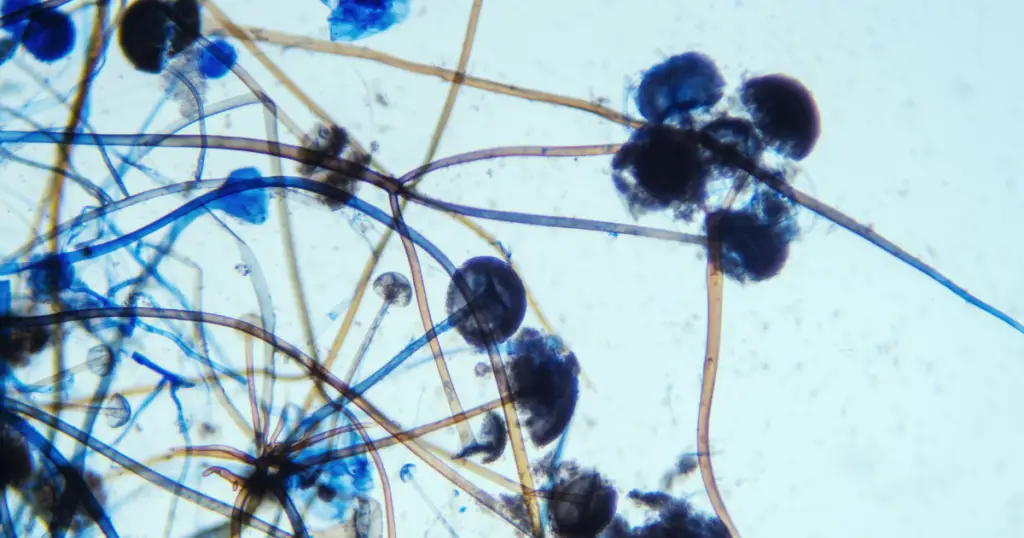
What Are Mold Spores?
Spores are everywhere, even if you don’t notice them. You’ll find them both inside and outside your home. Mold acts as nature’s “recycler”, feeding on dead and decaying organic material such as trees and plants, so spores often come from farmland, parks and other places rich in vegetation. Spore counts are higher after extended rainfall or in areas of high humidity.
Mold spores circulate through the air until they land on a surface that provides them with all three of their essential needs: moisture, nutrients, and an optimal temperature. When the ideal conditions are present, mold will start forming hyphae to absorb nutrition for its growth. Without a doubt, this means your environment is now susceptible and ready for unwelcome fungus to grow.
Mold spores are microscopic particles that are released into the air during the growth and reproduction of mold. These particles can cause health issues if inhaled, with symptoms such as respiratory irritation, headaches, allergies, asthma attacks, memory loss and other neurological difficulties.

Mold Allergies
Mold spores may create allergies and cold- or flu-like symptoms in certain people, according to the Centers for Disease Control. Such reactions can include hay fever signs such as sneezing, a runny nose, and itchy eyes. Prolonged exposure can cause more severe symptoms such as fever, difficulty breathing, and nausea.
In some exceptional cases, mold allergies may cause more serious reactions, such as hypersensitivity pneumonitis. Symptoms of chronic Hypersensitivity Pneumonitis include: shortness of breath, exhaustion, a persistent cough that can last for weeks or months, and progressive weight loss. People with existing lung conditions should be especially wary since their asthma or other lung problems could get worse from mold exposure.

Is Black Mold Dangerous?
You might feel alarmed to read about the risks associated with this type of mold, such as seizures, cancer or death. However, research has shown that these dangers are exaggerated and unproven. There is no greater danger posed by this particular color or type of mold compared to other varieties.
For the majority of people, mold is generally not a major issue as long as it’s identified and managed promptly; however, for those with weakened immune systems and exceptionally heightened sensitivity to mold spores, exposure can be detrimental. Recent studies have shown that individuals who are exposed to contaminated mold, spores, and mycotoxins can suffer from neurological and behavioral symptoms.
Non-allergic reactions to mold (including black mold) may present in a variety of ways, including but not limited to: Cognitive impairment, Depression, Sleep disturbance, Brain fog, Circulation issues, Swelling, Fatigue, Vision changes, Anxiety, Muscular pain, Neurological complaints, etcetera.
Is Black Mold Toxic?
It can be, Black Mold can be toxic to humans, especially for those that already have chronic health problems. Common symptoms of Black Mold exposure may include, but are not limited to:
- Headaches;
- Nausea;
- Rashes and skin irritation;
- Sneezing and respiratory distress;
- Cognitive impairment.
Can Black Mold affect my health?
If Black Mold is present in your home, it can have serious negative effects on your wellbeing. Mold toxicity (also known as mold poisoning) can affect human health and prolonged exposure to it can reduce lung function and cause chronic health problems such as asthma. Toxic mycotoxins present in Black Mold can cause severe respiratory issues and even lead to dangerous medical complications if prolonged exposure persists.
Mold Exposure – What to do?
If you are exposed to Black Mold, it can have serious negative effects on your health. Black Mold contains a toxic substance called mycotoxins that can cause respiratory issues and even lead to serious complications if exposure continues over an extended period. Symptoms that may be associated with black mold exposure can include:
- Coughing and wheezing;
- Headaches and dizziness;
- Skin rashes, hives, or other skin irritation;
- Swelling of the face and throat;
- Difficulty breathing.
If you have been exposed to Black Mold and are experiencing any of the above symptoms, it’s important to consult with a medical professional as soon as possible. There are several ways that you can reduce your risk of Black Mold toxicity, including regular cleaning and maintenance of your home.
Who is more likely to be affected by mold?
According to the CDC (https://www.cdc.gov/mold/faqs.htm#affect), those more vulnerable to severe lung infections from any type of mold exposure include individuals with a compromised immune system (immune-compromised), people undergoing cancer treatment, recipients of organ or stem cell transplants, and persons taking medications that suppress their immune response.
Are mycotoxins a danger to human health?
Black Mold, as well as other molds, form a type of toxin known as Mycotoxins. These toxins are the culprits behind triggering allergic reactions in some people due to their creation by certain members of the fungal kingdom. In es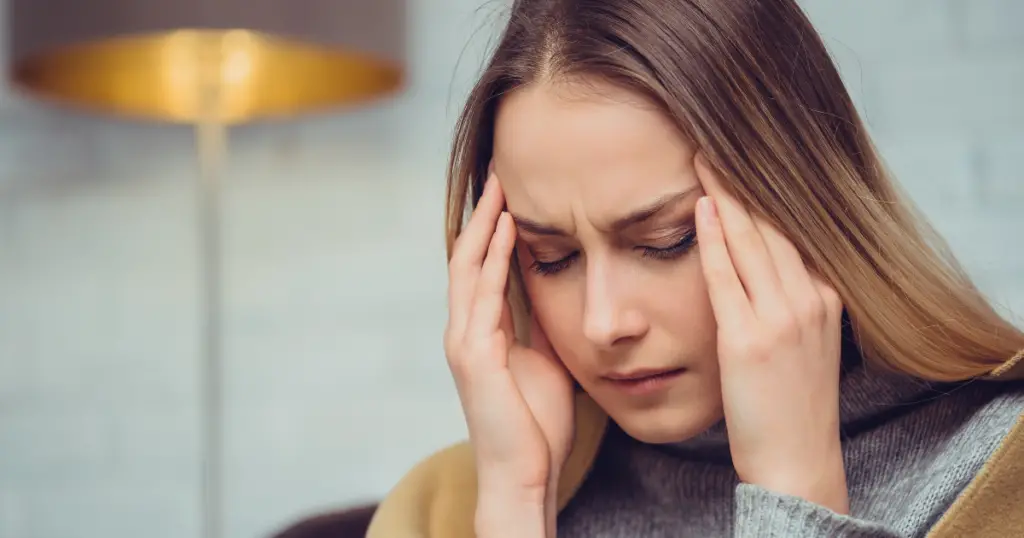 sence, they act like poisons produced from mold and become hazardous when inhaled in high doses over prolonged periods.
sence, they act like poisons produced from mold and become hazardous when inhaled in high doses over prolonged periods.
The presence of these hazardous materials can bring about a range of health problems, from respiratory issues to cognitive impairment and skin irritation. Black Mold mycotoxins may cause nausea, swelling, fatigue, or vision complications in more critical cases.
How Can I Get Rid of Black Mold?
Homeowners should limit black mold removal to no more than 10 square feet, or roughly a 3-foot by 3-foot patch. If you’re able to keep it within that size range, all you need is:
- Hot soapy water, or a mixture of 1 cup of bleach per gallon of water. Never mix Bleach with other cleaning products, as this can create dangerous fumes.
- Dispose of any soft or porous materials, such as carpets, insulation and wallboard which have visible mold growth.
- Ensure your safety by wearing protective gear like rubber boots, gloves and goggles when cleaning.
While mold may be difficult to detect with the naked eye as it can take on various colors, such as black, pink or green; never forget that there is always a chance for its growth. If you have concerns about your home being exposed to mold but cannot spot any visible signs yourself, don’t hesitate in calling upon an experienced company to conduct an inspection!
How To Prevent Black Mold?
You can take some steps to prevent Black Mold exposure and reduce your risk of toxicity. These include:
- Control humidity – Keeping the humidity levels in your house below 50% is essential for preventing mold. It is important to note that humidity levels vary depending on season and climate.
- Clean regularly – To help keep mold away, it is essential to guarantee a dust-free environment. This is mainly because mold feeds off of dirt and dust particles in your home to thrive.
- Ensure optimal ventilation – Ensuring proper ventilation is critical to avoiding mold growth within your home. By directing quality airflow outside, you can keep moisture levels low and reduce the probability of mold growth.
- Air-purifier – Protect your home from harmful mold spores that may enter by investing in an air purifier with a HEPA filter. While air purification cannot fix any damage caused by structural mold, it will substantially reduce your exposure to dangerous airborne particles and your family members.
Ultimately, black mold is a serious health hazard, especially for people with weakened immune systems, and needs to be taken seriously. Keeping spaces well-aerated and free from standing water or moisture is crucial to reduce its growth probability. Moreover, if you suspect the presence of black mold in any environment, it’s best to contact an expert for remediation straight away as this will help minimize long-term issues caused by exposure to it.
[/et_pb_text][/et_pb_column][/et_pb_row][/et_pb_section]

